
Margaret Price is Associate Professor of English at Ohio State University and author of Crip Spacetime, which intervenes in the competitive, productivity-focused realm of academia by sharing the everyday experiences of disabled academics.
When I think about access in academia, I often start from my own experiences. I work from the minoritized position of a disabled, genderqueer faculty member, but also from the privileged position of a white faculty member with tenure. I arrived at Ohio State in 2016, after having taught at a liberal-arts school, Spelman College, for twelve years. Spelman is a small, private, historically Black college for women; Ohio State is a gigantic, public, predominantly white research university. To say that change was a shock is an understatement. I had an extremely difficult transition, and yet, what exactly made it difficult was hard for me to figure out for quite some time.
This book began with your own experiences as a disabled academic. What is it about those experiences that necessitated the writing of this book?
During my hiring process at Ohio State, I talked candidly about my disabilities. I continued to talk about them after I arrived on campus. Yet at no point did anyone ask me about my access needs, either through formal or informal channels. The atmosphere wasn’t at all unwelcoming or hostile—rather, I was often told, “Just let us know if you need anything.” I felt generally deeply welcome, and specifically deeply unclear on exactly what form this welcoming might take, especially if I were in need of something other than targeted advice (“here’s how to use the printer”) or general goodwill (“we are glad you’re here”).
Unfortunately, the support I had wasn’t enough to get me through that first semester as I attempted to navigate dozens of doctor’s appointments with new caregivers, figure out OSU’s health-care infrastructure, and manage my increasing debilitation. Four months after my arrival, one of my doctors sent me to the emergency room in an ambulance, and after several days in the hospital and yet more meds, I was sent home.
Shortly thereafter, I went to see the ADA Coordinator at OSU, Scott Lissner. The agenda of our meeting was not my own accommodations; in fact, I didn’t even know, at that point, that he was the person in charge of faculty accommodations at OSU. All I knew was that I desperately needed help and was afraid to admit it. When Scott asked me how I was doing, I burst into tears and said something like, “I don’t know what to do, I am failing at my job.” It was a tremendous stroke of luck—and again, privilege—that Scott is not only such a kind person, but also happened to be the one responsible for assisting faculty with disabilities. He helped me figure out what accommodations I needed, and began putting them in place right then and there.
What’s most striking to me about this story is not that I fell through the cracks of the many services available at Ohio State. That happens all the time. What really strikes me is that a person could hardly have been better resourced, or more knowledgeable, about disability in higher education, than me. (I literally wrote the book on it.) Furthermore, I had already been teaching at colleges and universities for over twenty years; I am tenured, white, speak English as my first language, and am familiar with the landscape of academia; and at the time I went to see Scott, I had just been enthusiastically recruited into my job. And yet, there I was, trying to struggle through, and failing. The failure I was experiencing wasn’t any particular person’s “fault.” It emerged through the system I was in—and that I was part of.
Your book argues that the current system in place to achieve equal access in the academy – individual accommodations — doesn’t work. Can you describe what individual accommodations are, and why they don’t work?
An individual accommodation is designed to provide a fix for a problem. So this system imagines disability as the problem, with accommodation as the fix. For example, if a student processes information at a different speed than most of their peers, then the accommodation system imagines the student’s processing speed as a problem, with the “fix” as extra time to complete assignments or exams. While that can sometimes be effective, of course many issues arise with the problem / fix model. For example, it can be difficult or expensive to prove one’s disability exists; it can be difficult to actually arrange the accommodations; and so on.
However, Crip Spacetime argues that there’s a more fundamental issue at work, too. Accommodation implies (and, in everyday academic life, almost always requires) the ability to say, “I can tell you what I’m going to need—in an hour, in a week, next semester.” Thus, disabled people historically have tended to trade on whatever predictability we can muster—or masquerade—to gain access, often citing “rights” as we’ve done so. Unfortunately, identifying our needs and insisting on the “right” to have those needs met has also enabled the creation of a dividing line between those whose needs are stable enough, predictable enough, to benefit from the protections of institutionally sponsored accommodation—and those whose are not.
So in effect, no matter how well designed, well funded, and compassionate a system of accommodation might be, it will always create that two-tier effect. The more-privileged tier will be able to predict and articulate their needs well enough to implement accommodations. The less-privileged tier will not. And that less-privileged tier—those of us with disabilities that aren’t as predictable, or aren’t as (apparently) easily explained, or perhaps aren’t even regarded as disabilities at all—are much less likely to be able to survive in academe, either as students or as employees.
What would a better system for supporting access look like?
A better system for access would begin from the assumption that the community or group working toward access is working collectively, and is accountable to one another. Of course, that doesn’t always happen, especially in a competitive and productivity-driven world like academe. Thus, one of the big questions that Crip Spacetime left me with is, “What does collective accountability in academe—or in any institutional context look like?” I’m still working on that question.
In your book, you introduce the titular idea of “crip spacetime.” What is crip spacetime, and how does it manifest in academia?
Crip spacetime is a kind of reality that a person (or animal, or object) inhabits. When you are in, or a part of, crip spacetime, you have a visceral sense of the costs, geographies, temporalities, and relations that come with being disabled. It’s more all-encompassing than just having a particular point of view. It’s the actual reality you’re living in. A rough analogy might be putting on a VR headset and a full VR suit—it swallows up all other perception. But you can’t remove crip spacetime the way you can a VR suit.
You don’t have to be disabled to exist in—or be able to perceive and understand—crip spacetime. The close friends and family members of disabled people often have a strong, visceral understanding of this reality. Also, being disabled doesn’t mean you’ll necessarily perceive crip spacetime the way I describe it in the book. You may experience very little sense of difference from being disabled; in which case, your reality likely doesn’t include the sense of cost, time, space, and relationality that crip spacetime does.
One of the hallmarks of crip spacetime is that it can be very hard to understand from a different reality. For example, a person who has been living in crip spacetime may have very little patience left for conversations about why the elevator doesn’t work. They may shout or start to cry as soon as it happens. From a non-crip-spacetime reality, that reaction doesn’t make any sense. It seems to be coming out of nowhere. But that’s because the person in crip spacetime knows, both in terms of past experience and in terms of ability to predict the likely future, that a broken elevator means frustration, humiliation, wasted time, fruitless arguments, and a general sense that no one particularly cares. In this way, it’s similar to other kinds of minoritized realities: emotions or concerns that don’t seem “logical” or “warranted” from a more privileged reality.
How did you navigate weaving your personal experience with research and theoretical work when writing Crip Spacetime?
I’ve been a creative writer since I was a kid, and I earned an MFA before my PhD. Writing from my own experience—in poetry, fiction, and especially in nonfiction—has always felt more natural to me than pretty much any other medium, including talking out loud. So for me as an academic writer, the question has always been how to include enough markers of “academic” writing so that my work is recognizable to readers as research in addition to being recognizable as creative writing. The two have always seemed to go hand-in-hand to me.
Many of my fellow creative/academic writers have provided brilliant examples of how to weave together personal and academic writing. Some of my favorites include Jo Hsu, Moya Bailey, Ellen Samuels, and Jay Dolmage. I especially like to study the forms these writers use—how they weave in interludes or short chapters, how they write poetry as well as prose, and how they use online as well as print-based forms to express their experiences.
What should other academics reading this book take away in terms of how they can best support their disabled colleagues and students?
If we understand “disability” and “access” as relational and emergent, then we need to accept that enacting access in specific circumstances will require different moves in different circumstances. You may already know a great deal about universal design, or models of disability, or being disabled—and all of these are useful things to know. But bear in mind that there’s always more to learn.
At the same time, there are some general ideas that folks can educate themselves about. These are not rules; they’re more like conversation starters, or questions to explore. Here are a few places to look for those conversations: The National Center for College Students with Disabilities, including their resources for faculty and instructors; The Disability Visibility Project, including their podcast series; Disability, Opportunities, Internetworking, and Technology (DO-IT) at the University of Washington; The Composing Access Project from the Conference on College Composition and Communication.
Finally, I’d recommend that folks recognize that, while asking questions and participating in dialogues is a great way to learn, move forward with care. Don’t waylay a colleague and ask them about their disability when they’re not expecting it. And don’t assume you’re entitled to someone else’s story or expertise.
Instead, ask if they’re up for that conversation. And take opportunities to educate yourself. Attend a disability-studies talk online or at your own university / college / workplace. Browse the articles in disability-studies journals. Follow up with people who do offer to engage in conversation. There’s no checklist for the “right” way to support access. As I say when I give talks, “Access is all our work.”
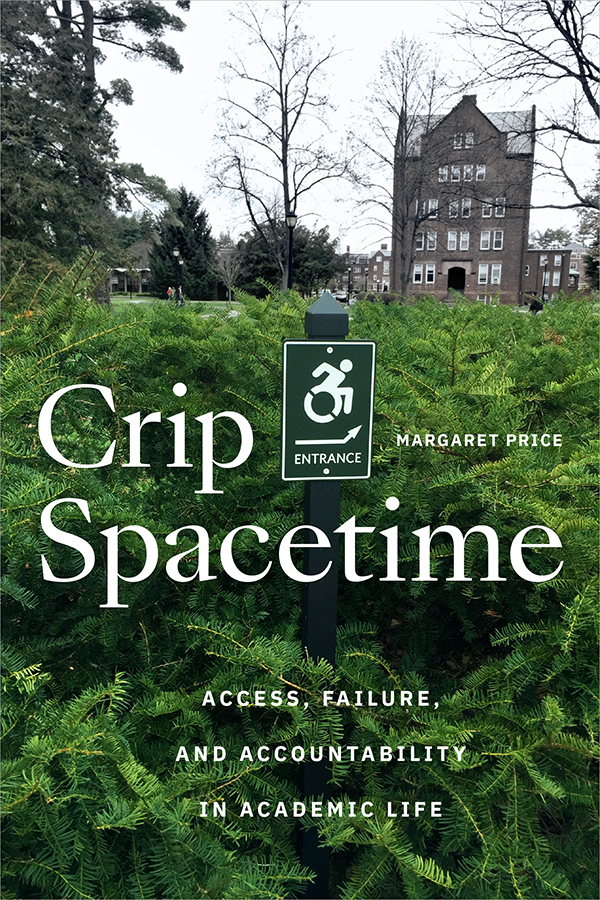

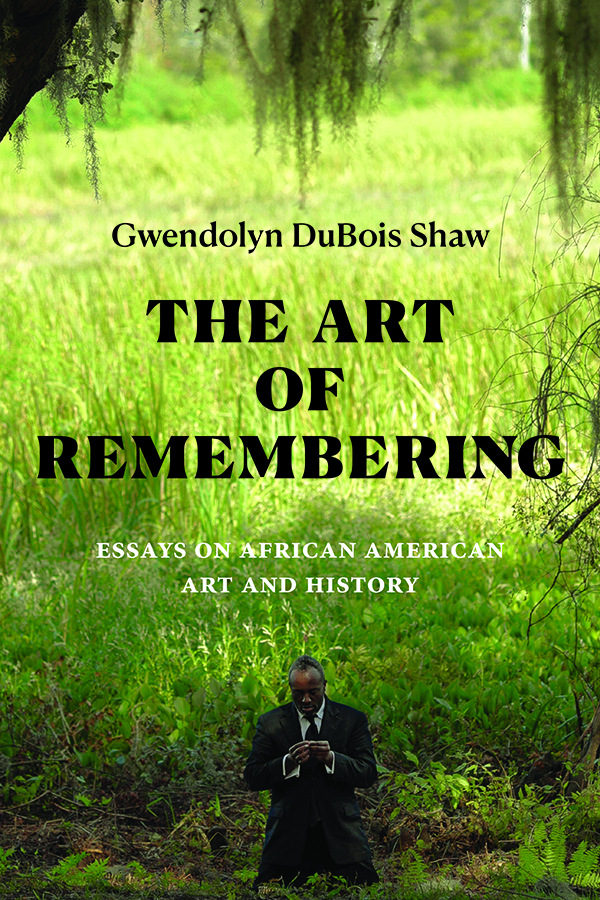
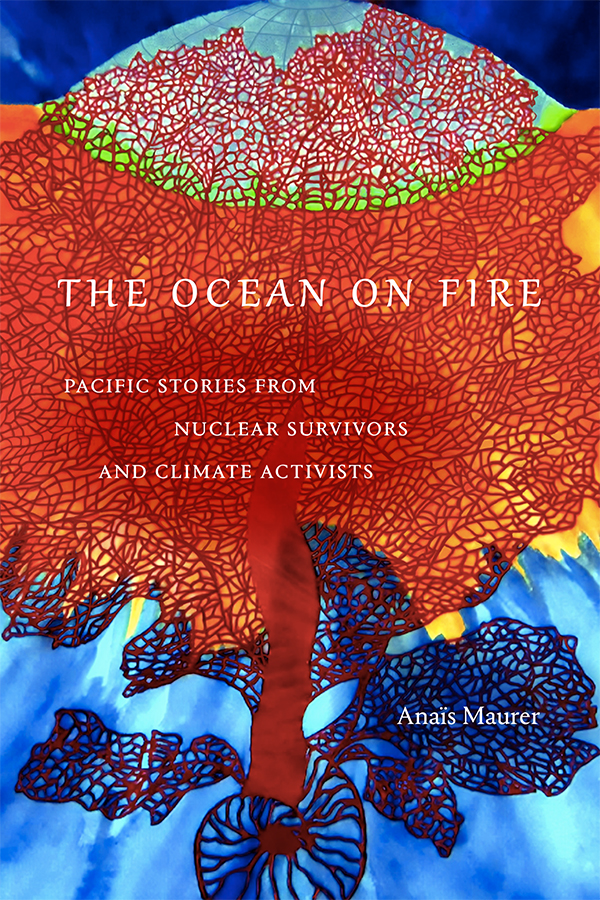
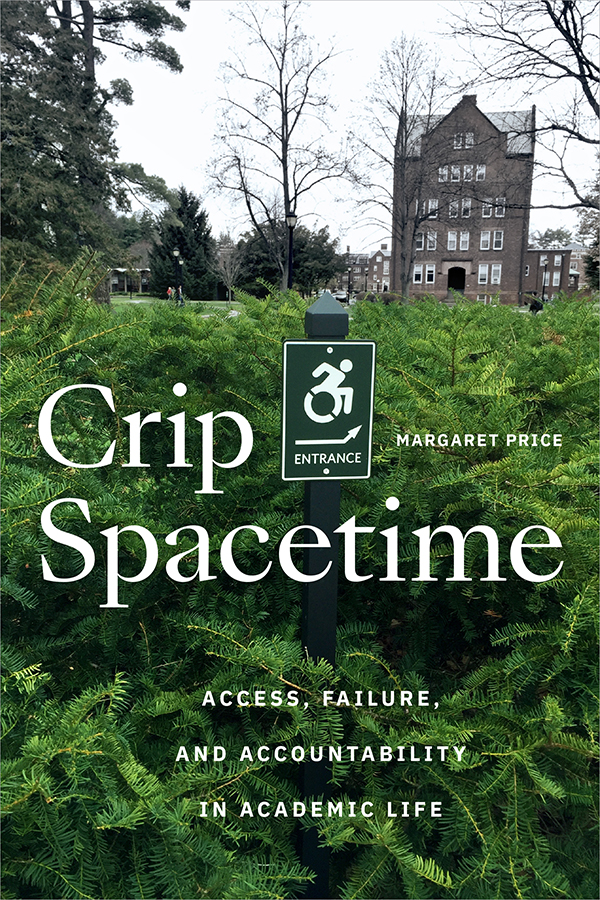
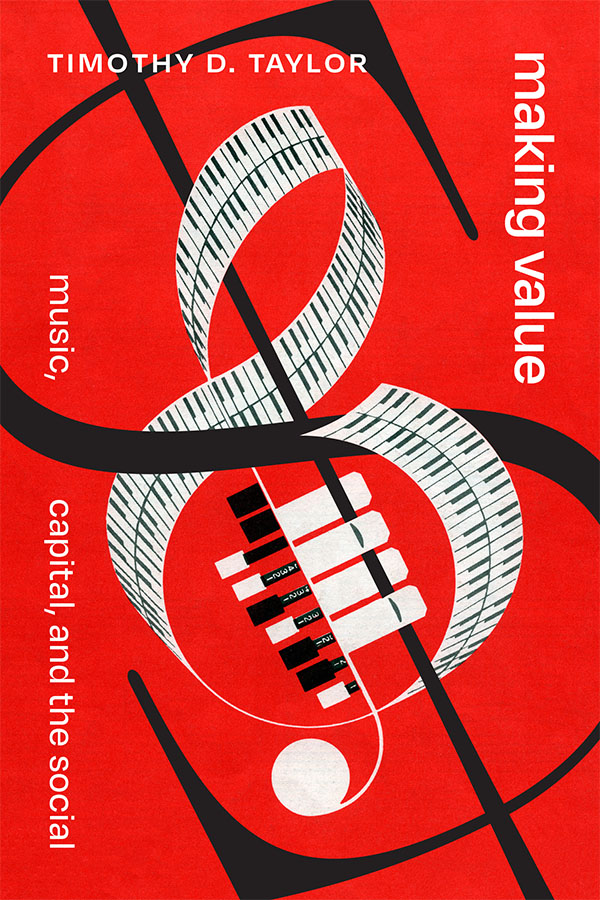
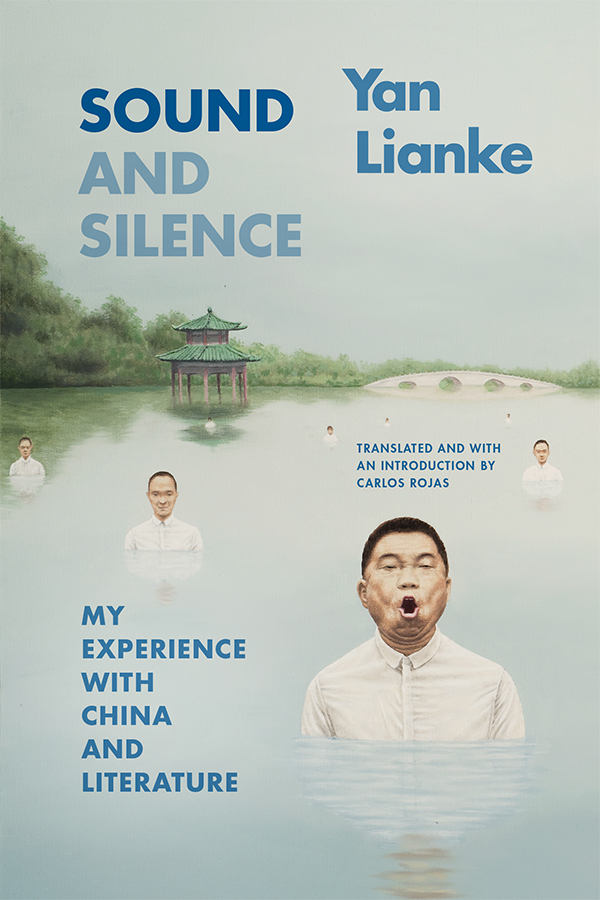


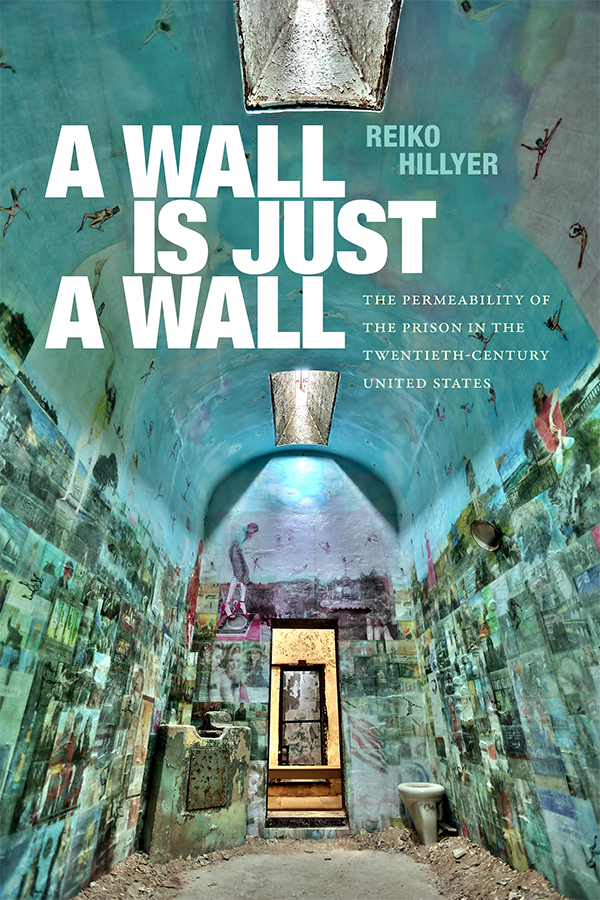








 My intuition is served by the recent spate of efforts to give personhood to rivers as distinct from other water bodies. New Zealand’s Whanganui, United States’ Klamath, Colombia’s Amazon, Canada’s Magpie are all rivers which have had personhood given to them. The western legal concept of a person with rights and responsibilities has been tasked to express varying Indigenous notions of the river, from embodying ancestors to aspects of Mother Earth. Whereas the notion of personhood has been used to much pernicious effect, such as in the granting of personhood to corporations, invariably the effort to extend personhood to rivers is to protect them, say from mining or damming or to secure them for eco-tourism, the latter bringing with it its own issues and concerns.
My intuition is served by the recent spate of efforts to give personhood to rivers as distinct from other water bodies. New Zealand’s Whanganui, United States’ Klamath, Colombia’s Amazon, Canada’s Magpie are all rivers which have had personhood given to them. The western legal concept of a person with rights and responsibilities has been tasked to express varying Indigenous notions of the river, from embodying ancestors to aspects of Mother Earth. Whereas the notion of personhood has been used to much pernicious effect, such as in the granting of personhood to corporations, invariably the effort to extend personhood to rivers is to protect them, say from mining or damming or to secure them for eco-tourism, the latter bringing with it its own issues and concerns. Naveeda Khan is Associate Professor of Anthropology at Johns Hopkins University and author of Muslim Becoming: Aspiration and Skepticism in Pakistan and the new book
Naveeda Khan is Associate Professor of Anthropology at Johns Hopkins University and author of Muslim Becoming: Aspiration and Skepticism in Pakistan and the new book 
